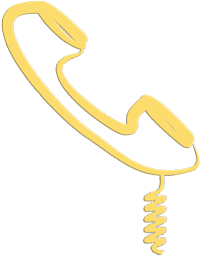Short History on Barbiturates
Barbiturates were first used in medicine in the early 1900s. They became popular in the 1960s and 1970s as a treatment for anxiety, insomnia, and seizure. The drug can cause dependence. The risk of a fatal overdose is higher with barbiturates than other drugs because of the fine line between a normal dose and a toxic dose.
In the 1970s barbiturates were replaced by safer drugs. They are, however, still used during surgery to control seizures and for euthanasia purposes in animals or assisted suicide. Certain US states use pentobarbital for executions in the death penalty.
The illegal use of barbiturates has substantially dropped. Addiction to barbiturates is uncommon today.
Barbiturate’s Many Names
The street names of commonly abused barbiturates describe the desired effect of the drug or the colour and markings on the actual pill.
- Amobarbital: Downers, blue heavens, blue velvet, blue devils. (A white crystalline powder)
- Pentobarbital: Nembies, yellow jackets, abbots, Mexican yellows
- Phenobarbital: Purple hearts, goofballs https://www.drugs.com/imprints.php?action=search&drugname=phenobarbital
- Secobarbital: Reds, red birds, red devils, Lilly, F-40s, pinks, pink ladies, seggy
- Tuinal: Rainbows, reds and blues, tooies, double trouble, gorilla pills, F-66s
Types of barbiturates
There are many different types of barbiturates. The primary difference is how long their effects last. The effects of some long-acting drugs may last up to 2 days. Others are very short-acting and last only a few minutes. Barbiturates can be injected into the veins or muscles, but they are usually taken in pill form.
Symptoms of Barbiturate Use & Abuse
The use of the drug has the following effects:
- drunkenness,
- sedation,
- lowered inhibitions.
There are other effects of this type of drug:
- Dulled or slow thinking
- Emotional instability, swinging from laughter to tears easily
- Irritation, antagonism
- Slurring, stumbling speech
- Lack of motor control can cause a person to drop items
- Poor physical coordination
- Confusion

Withdrawal
Withdrawal will start within 24 hours of the last dose. The effects of barbiturate withdrawal include;
- anxiety,
- restlessness,
- insomnia,
- visual hallucinations,
- anxiety
- stomach cramps,
- tremors,
- delirium,
- nausea,
- vomiting,
- thoughts of suicide and
- Seizures among heavy users.

Carole Pelland
Substance Abuse
Digital Marketing Administrator
& Author





